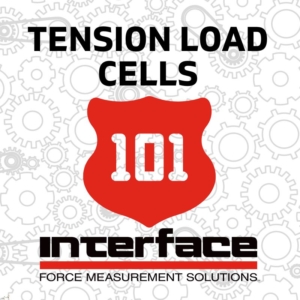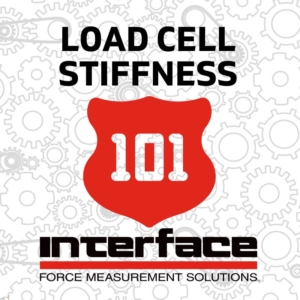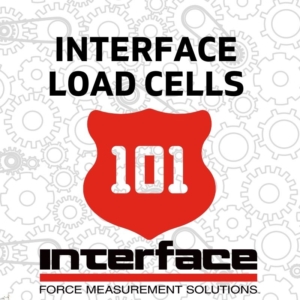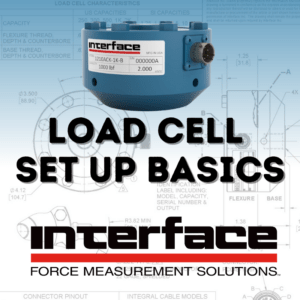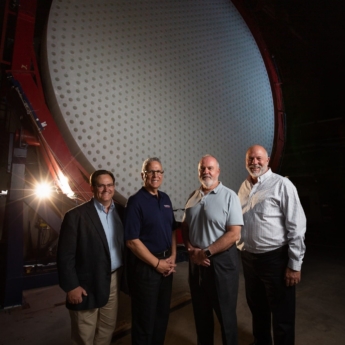
IQ Blog
Calibration Curve 101
Interface Calibration Curve 101 defines why the calibration curve is essential for ensuring the accuracy of force measurements. The calibration curve allows for the determination of the load cell's sensitivity, linearity, and any potential adjustments or corrections needed to improve its accuracy. For traceability, serves as a reference to convert the load cell's output signal into meaningful and calibrated measurements when the load cell is used for force or weight measurement applications. Interface recommends all load cells be calibrated annually, at a minimum.
